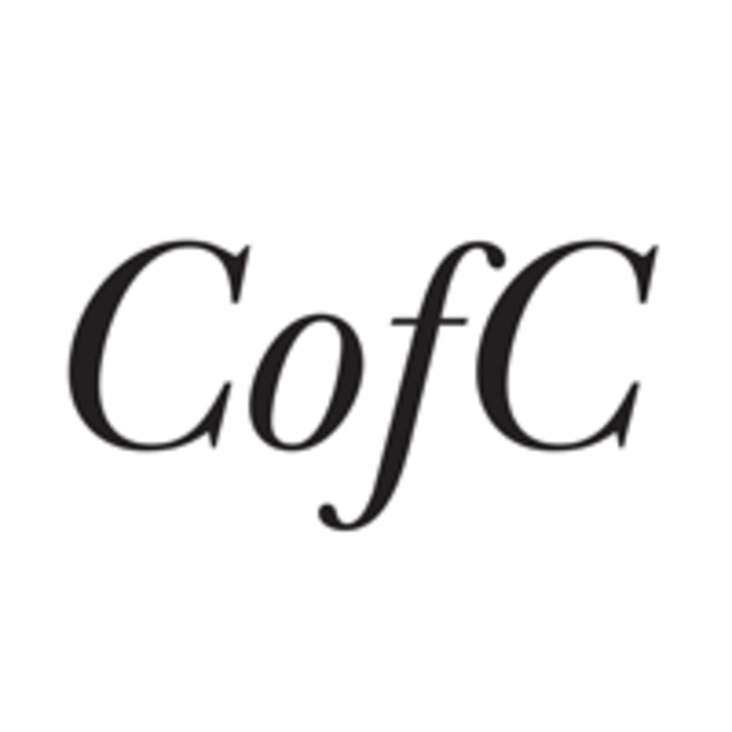Le Corbusier Before Le Corbusier: Applied Arts, Architecture, Painting, and Photography, 1907–1922 was the first major exhibition to examine the formative years of Charles-Edouard Jeanneret (the revolutionary architect who began to use the pseudonym Le Corbusier in 1920) and to illuminate the importance of the applied arts in the early development of Le Corbusier’s approach to architecture and design.
The exhibition was organized by the Bard Graduate Center in collaboration with the Langmatt Museum, Baden, Switzerland. The exhibition curators were Stanislaus von Moos, professor of the history of modern art at the University of Zurich, Switzerland, and Arthur Rüegg, professor of architecture and construction at the Swiss Federal Institute of Technology, also in Zurich, and the leading international scholar of Le Corbusier’s furniture.
Le Corbusier Before Le Corbusier was composed of approximately 250 works that represent the extraordinary range of Le Corbusier’s artistic endeavors. The material on view encompassed applied arts, architectural drawings and models, drawings for paintings, photographs, and various works on paper. The exhibition focused on the period between 1907 and 1922, a time of experimentation and study when Le Corbusier struggled to define his artistic identity, first desiring to become a painter and then an architect and designer. He traveled extensively, assimilating artistic traditions of the ancient world and the Middle Ages; gothic, Renaissance, baroque, and neoclassic styles; and vernacular currents of Central Europe. In an effort to evoke the cultural and artistic context for the young Jeanneret’s development, the exhibition also featured paintings and drawings that reveal the influence of Swiss artists such as Adolphe Appia (1862–1928), Charles L’Eplattenier (1874–1946), and William Ritter (1867–1955), as well as the French painters Fernand Léger (1881–1955) and Amédée Ozenfant (1886–1966).
The exhibition began with a display of the better-known works of the 1920s that relate to the period of L’Esprit Nouveau, the publication Le Corbusier founded with Ozenfant in 1920. Among the type forms shown in the exhibition were bent-wood furniture and mass-produced garden chairs, the Club Armchair by Maple & Co., and the “Innovation” trunk, whose form engendered the ideas for case furniture that would be realized in the late 1920s. The exhibition also showed the cross-fertilization of formal principles among furniture, architecture, and painting. In the first section, the so-called “type” objects were juxtaposed with a group of important paintings including The Mantelpiece (La Cheminée, 1918) from the Fondation Le Corbusier, Paris, and Still Life (Nature Morte à la pile d’assiettes et au livre, 1920) from the Museum of Modern Art, New York, both by Le Corbusier; and The Baluster (Le Balustre, 1925) by Fernand Léger, also on loan from MoMA.
The exhibition continued with an in-depth study of the myriad influences on Le Corbusier’s early work and the ways in which he developed his approach to painting and architecture. His early artistic pursuits began in his hometown of La Chaux-de-Fonds, Switzerland. Original architectural drawings, models, and photographs elucidated Jeanneret’s formation as a “Voyage en Zigzag,” or as a perennial quest for knowledge, cultural and artistic enrichment, and a professional identity situated in the crossroads between art and architecture. Le Corbusier’s early architectural career was represented in the exhibition by a selection of magnificent works on paper that illustrated his initial use of distinctly regionalist motifs, particularly ornamental devices and decorative schemes modeled after the vernacular architecture of the Swiss Jura, medieval prototypes from the Alsace region of France, and the English Arts and Crafts Movement. They also showed how, by the early teens, these influences would be replaced by Jeanneret’s predilection for neoclassicism and structural rationalism.
The exhibition included architectural models of four of his most important architectural commissions. The earliest was the Villa Fallet (1906–1907) Jeanneret’s first major commission, done in collaboration with René Chapallaz, a fellow student at the Ecole d’Art. Nestled in the hillside of La Chaux-de-Fonds, the Villa Fallet shows Jeanneret’s early interest in ornament and decoration and his understanding of the design principles espoused by John Ruskin and Owen Jones. The second model was a replica of the Villa Jeanneret-Perret (1912), the young architect’s first independent architectural project and one designed for his parents. Located in the forest on the hillside above the city of La Chaux-de-Fonds, this impressive domestic commission has come to be known as the “Maison Blanche” because of its white plaster and light-colored roof. The Villa Jeanneret-Perret reflects Jeanneret’s interest in structural rationalism, particularly the work of the 19th-century French architect Viollet-le-Duc, and in the art and architecture of the Mediterranean that Jeanneret experienced firsthand during his trips abroad from 1909 to 1911. A computer-generated presentation of the Villa Jeanneret-Perret was created especially for the exhibition.
The Maison Domino (1914–16) was the subject of the third model, and it showed the maturing of Jeanneret’s approach to modern architecture, particularly to mass-produced housing. The modular frame structure was intended by Jeanneret as an economical solution to the rising housing shortage caused by World War I. The fourth model was of the Villa Schwob (1916), a key design in Jeanneret’s early architectural career that combines an understanding of contemporaneous progressive architecture and ancient Roman house types, such as those found in Pompeii.
As a young student of art and architecture, Jeanneret embarked on a self-imposed Grand Tour that begin in 1907 and continued intermittently through 1917, when he settled in Paris. These trips shaped his intellectual and artistic formation and resulted in the production of numerous paintings, sketches, drawings, and photographs that are remarkable for their intrinsic beauty and their relevance as documents of his emerging attitudes about art and architecture. They offer an unprecedented visual engagement with Jeanneret’s artistry, clearly expressing his flourishing ideas about light, form, color, and architectural and urban space. The works from the Grand Tour trace his pursuit of a design paradigm situated between classicism and the gothic. Both Jeanneret’s travels and architectural apprenticeships continued in 1910–1911, when he worked in the offices of Theodor Fischer in Munich and Peter Behrens in Berlin. Another pivotal event was his acquaintance with William Ritter, the Swiss writer and critic who became a friend and mentor. A rare selection of drawings on loan to the exhibition from the Fondation Le Corbusier in Paris documented the continuation of Jeanneret’s Grand Tour and illustrated the famous trips of 1911, known as the Voyage d’Allemagne and Voyage d’Orient. The exhibition concluded with an in-depth study of furniture and interiors focusing on a number of exemplary commissions such as the interiors of the homes of Ernest Albert and Hermann Ditisheim, the Villa Jeanneret-Perret, and the Villa Schwob. The furniture on view revealed how Jeanneret combined historical forms, particularly Empire and Directorate, and various architectural motifs with innovative design ideas. It also showed his understanding of the subtleties of furniture construction.
The Fondation Le Corbusier, Paris, was the principal lender to the exhibition. Other institutional and private lenders included the Bibliothèque de la Ville, La Chaux-de-Fonds, Switzerland; Musée des Beaux Arts, La Chaux-de-Fonds, Switzerland; Musèe Perrin, Môtiers, Switzerland; Museum of Modern Art, New York; Nationalmuseum, Stockholm; Marie-Francoise Robert; and Marc Stähli.
The exhibition was accompanied by a fully illustrated catalogue, Le Corbusier Before Le Corbusier, that includes seven essays that address principal themes and issues relating to Le Corbusier’s formative years as well as the early history of modernism in 20th-century art, architecture, design, and urbanism. The contributors include Antonio Brucculeri, Françoise Ducros, Stanislaus von Moos, Francesco Passanti, Arthur Rüegg, Leo Schubert, and Pierre Vaisse. The catalogue provides detailed explanatory entries about the major works of Le Corbusier’s early career. The works are organized in four sections: The Grand Tour; Architecture; Toward “L’Equipement de la Maison”; and Paintings, Drawings, Sketches, and Watercolors. The authors of the entries are H. Allen Brooks, Antonio Brucculeri, Corinne Charles, Marie-Eve Celio, Françoise Ducros, Giuliano Gresleri, Stanislaus von Moos, Francesco Passanti, Arthur Rüegg, and Klaus Spechtenhauser. Also included is a chronology of the most important events and commissions Le Corbusier received through 1923.










.jpg,732x732,c)













